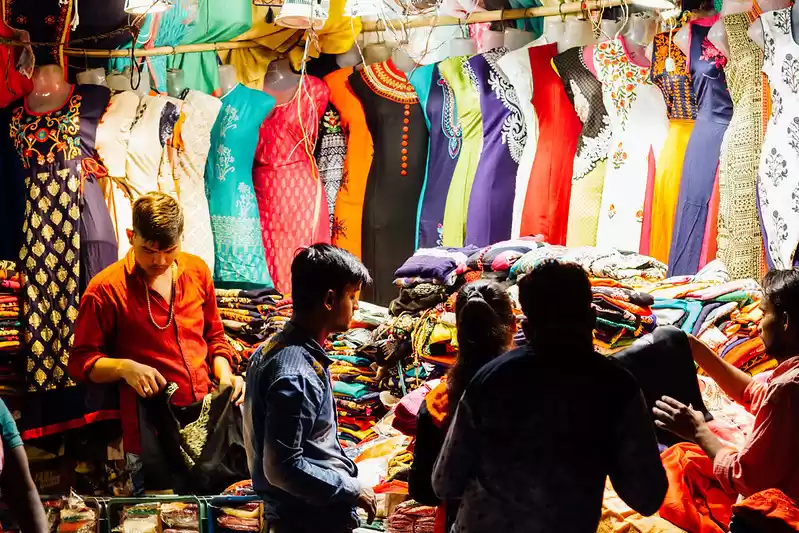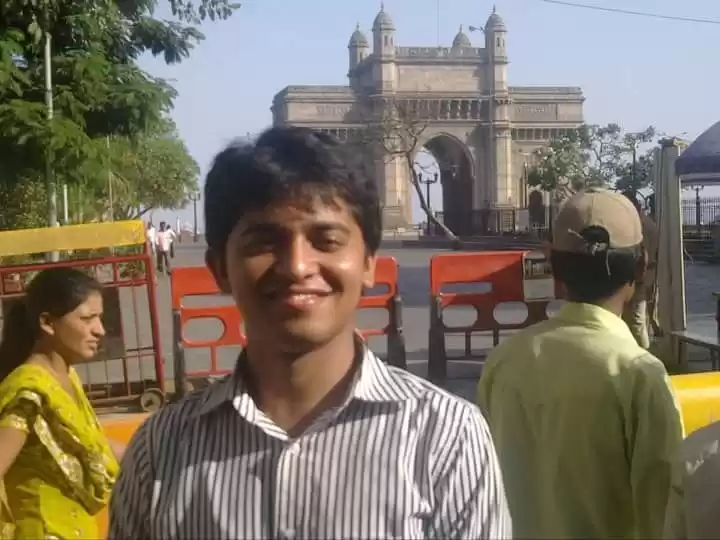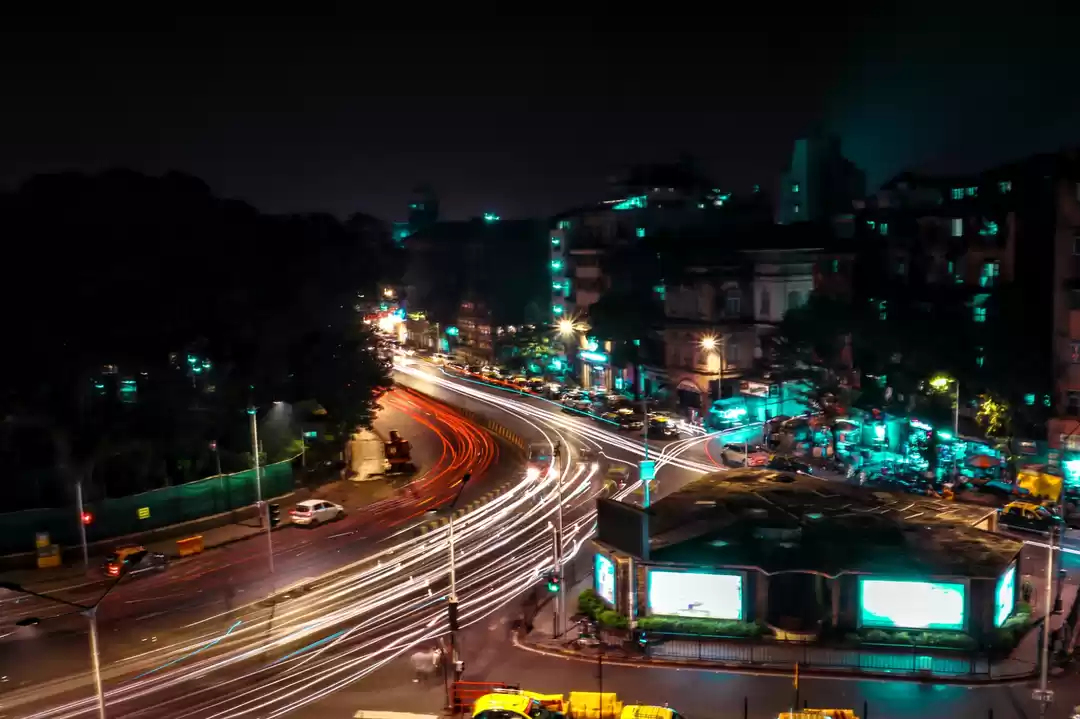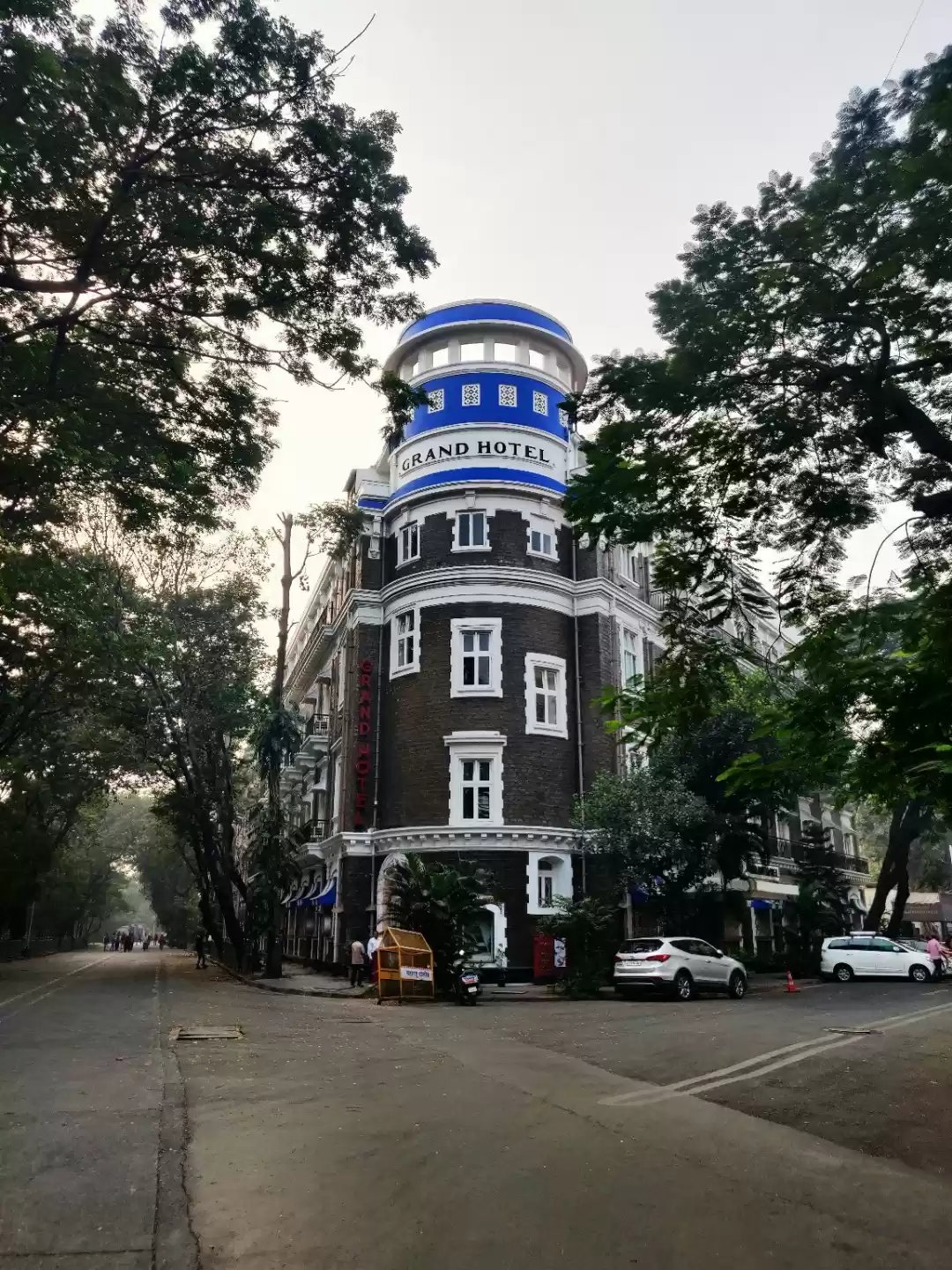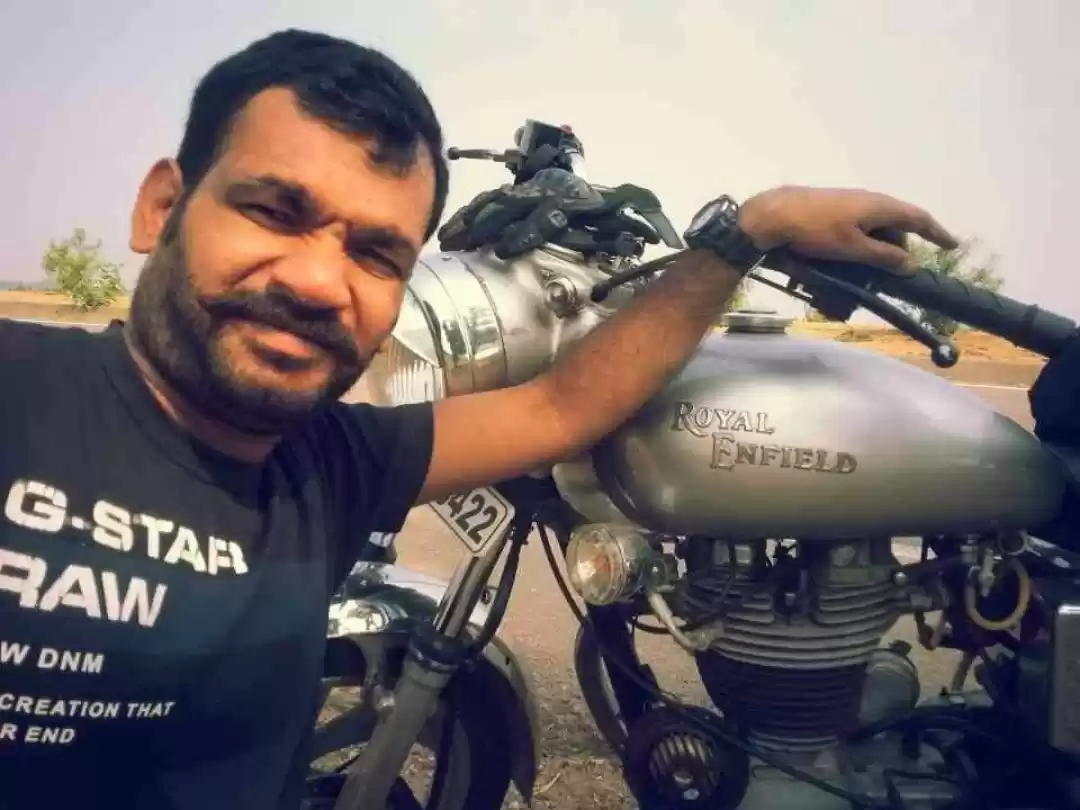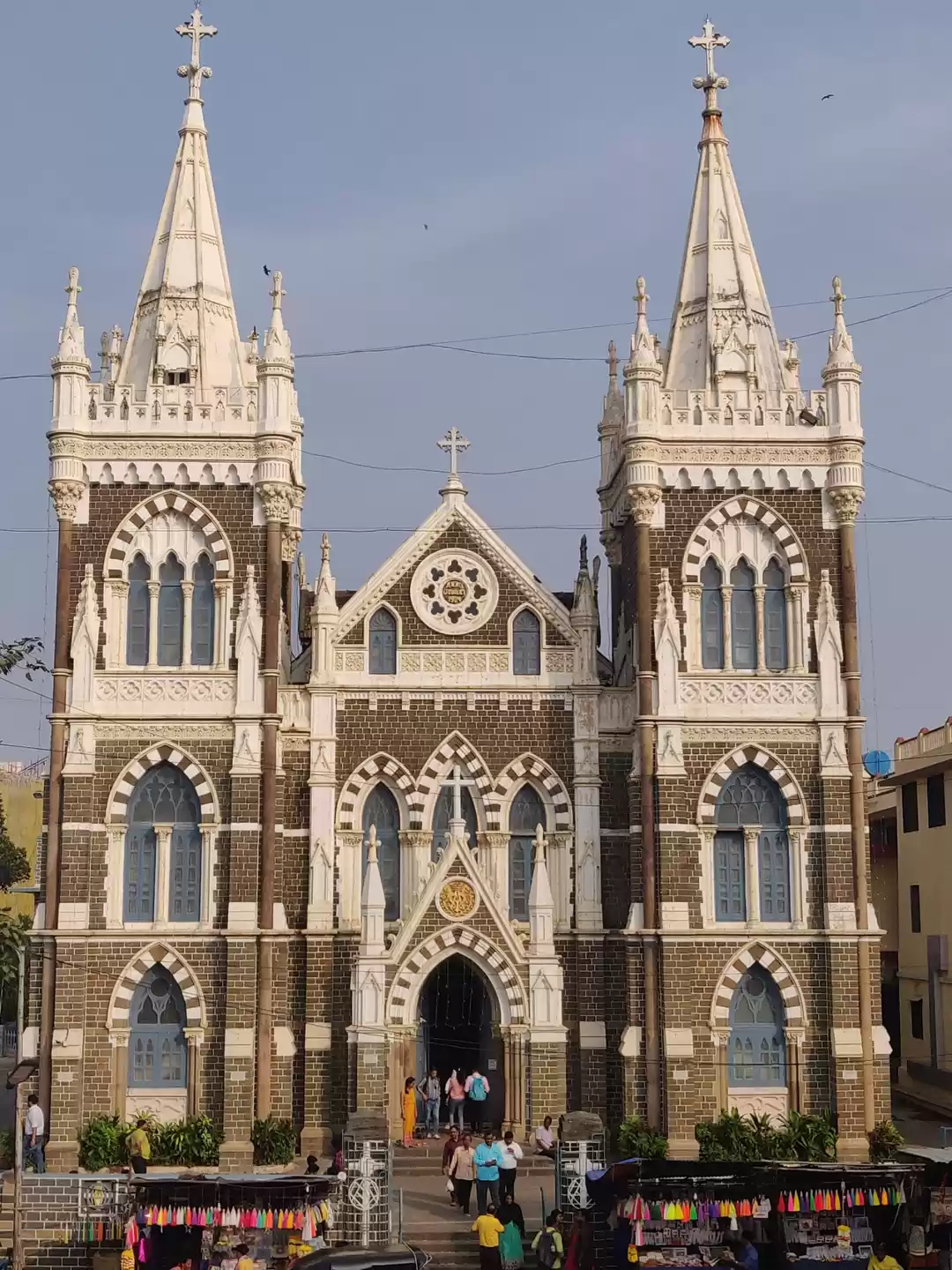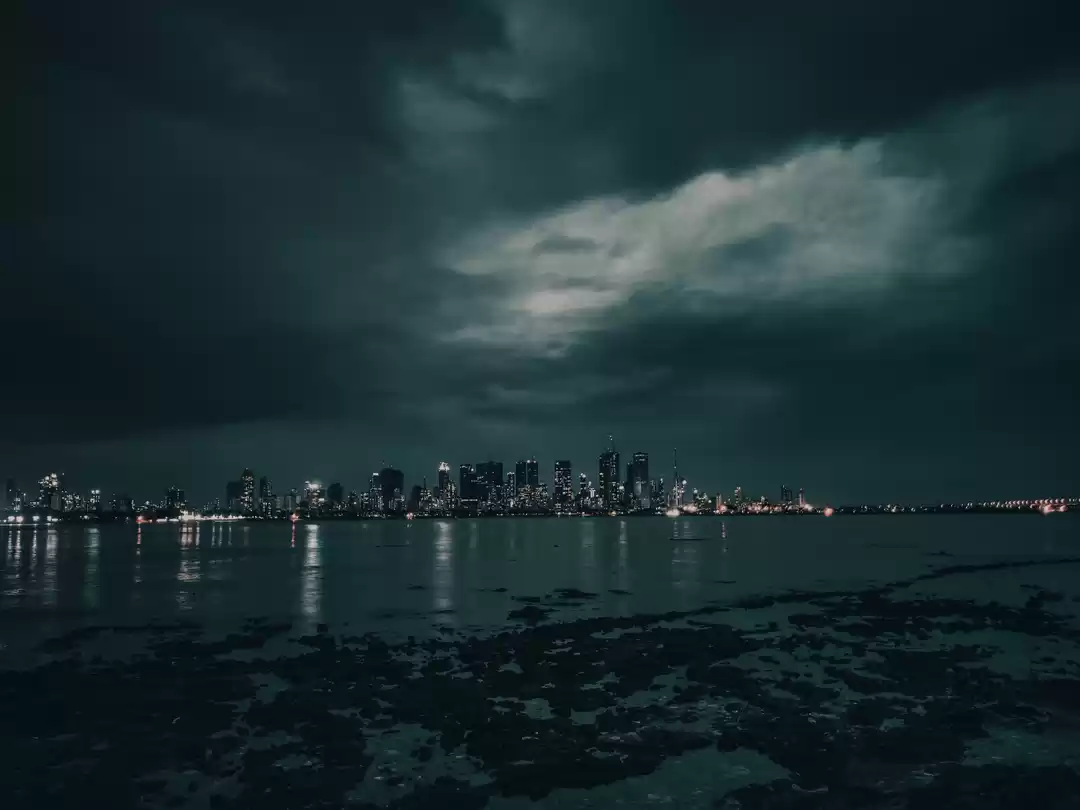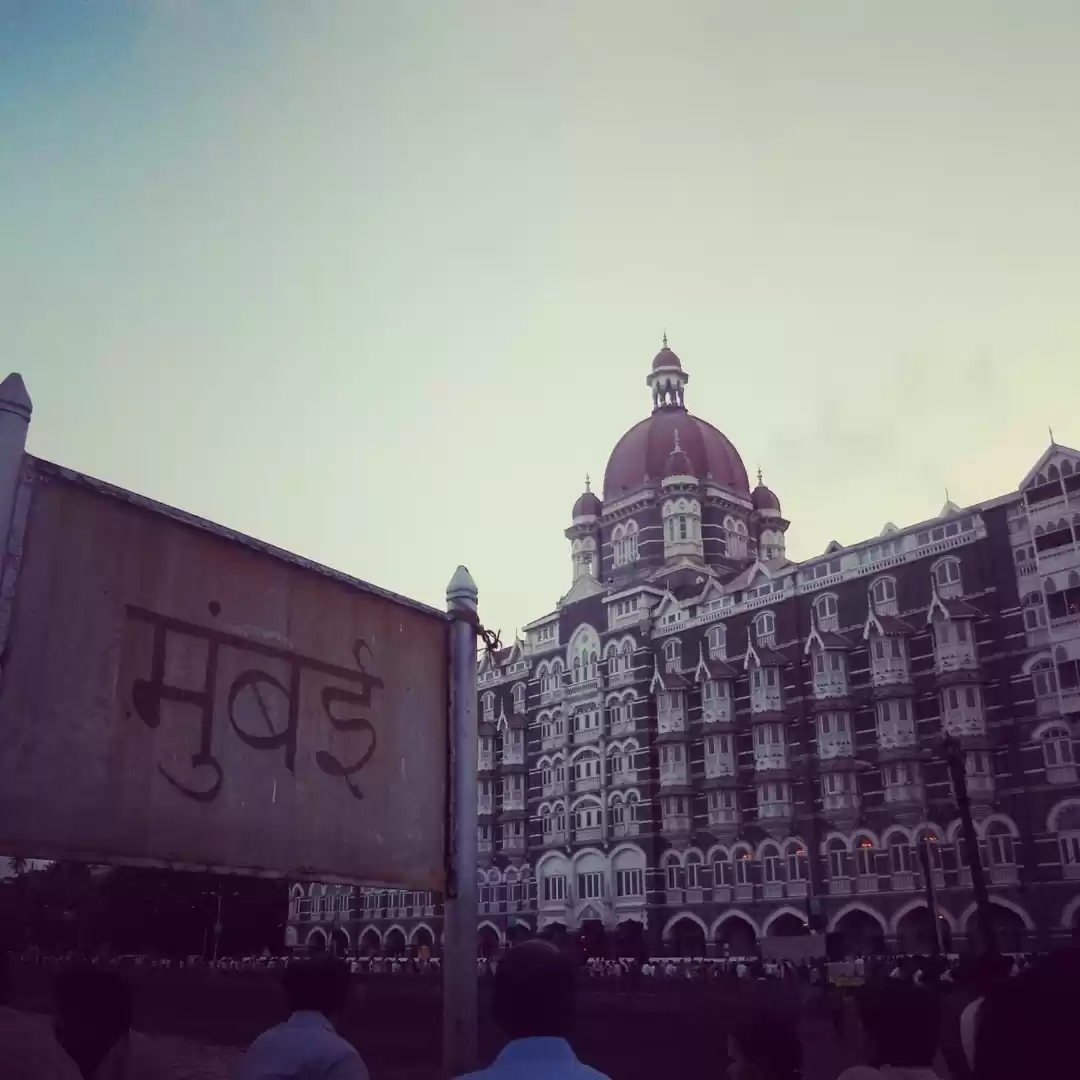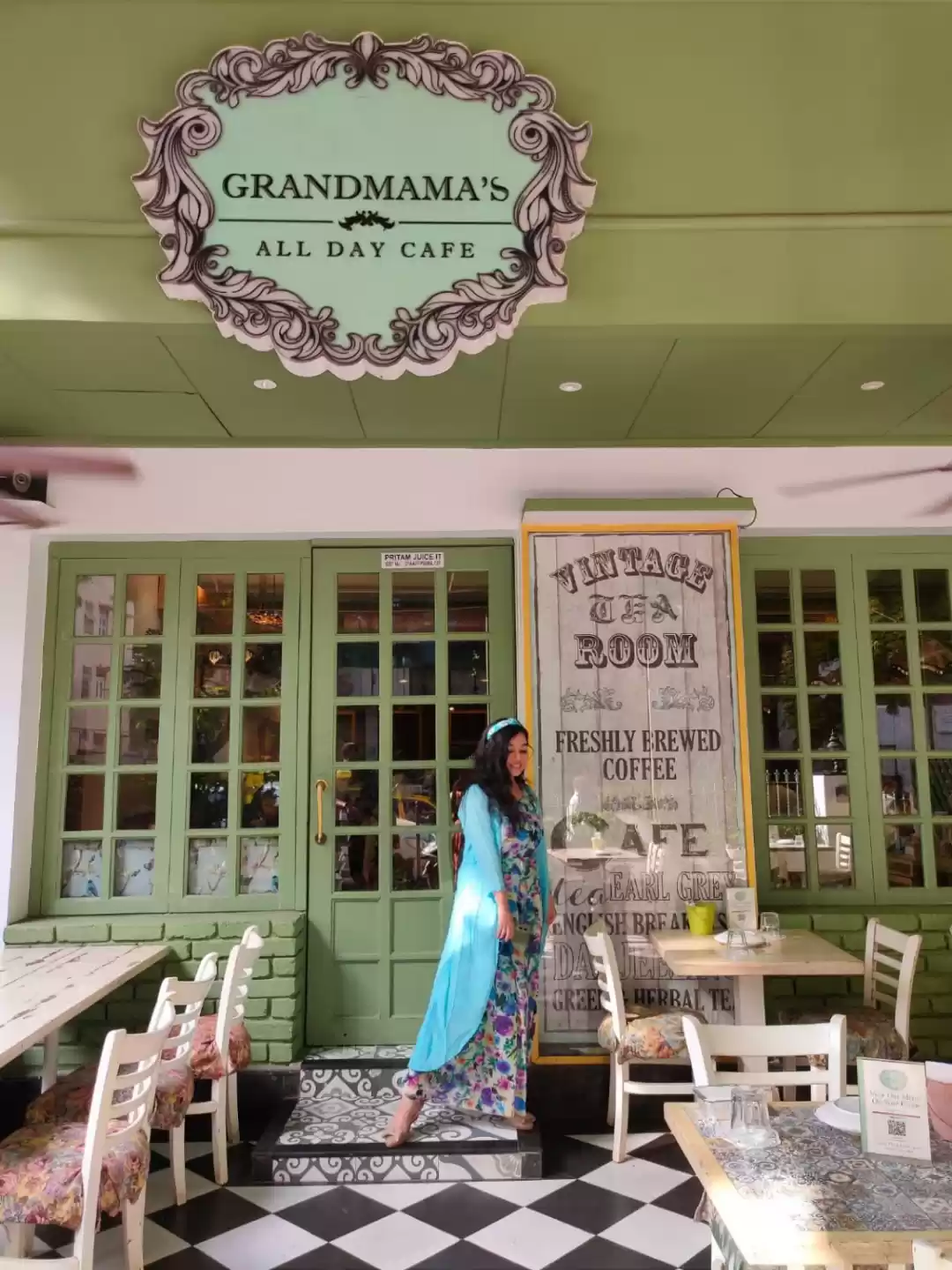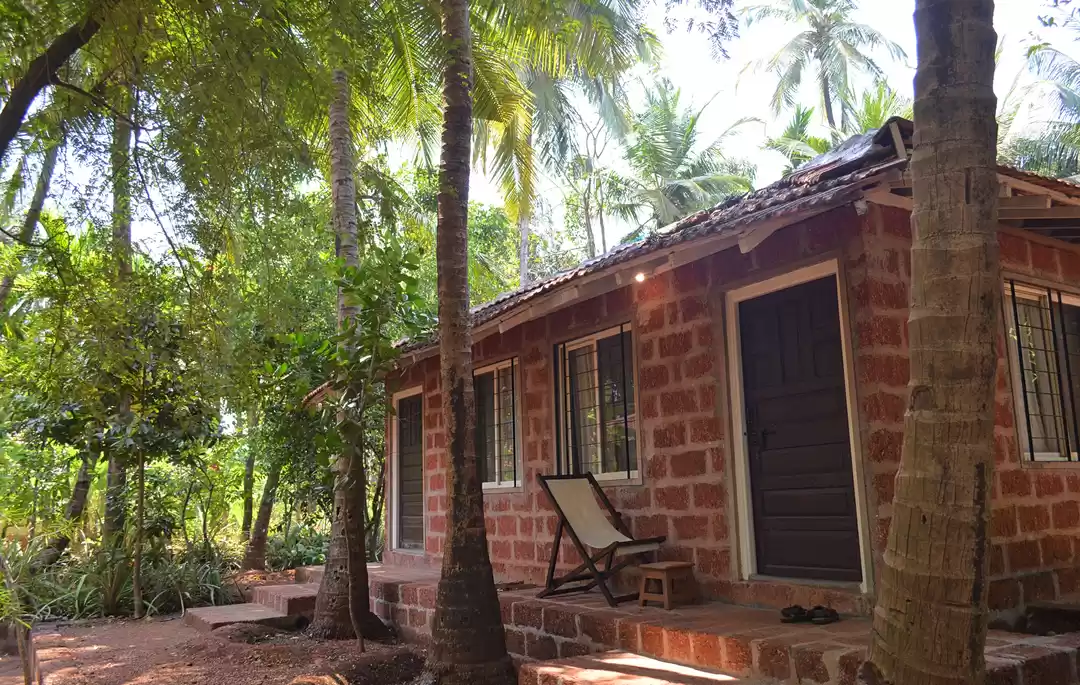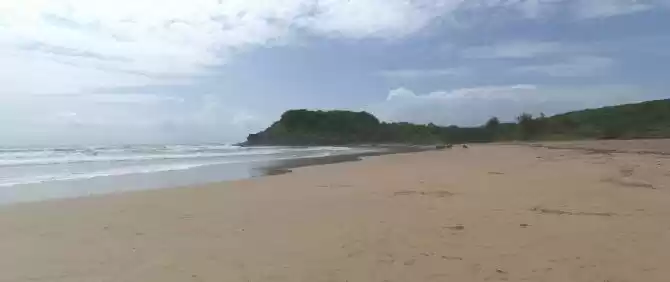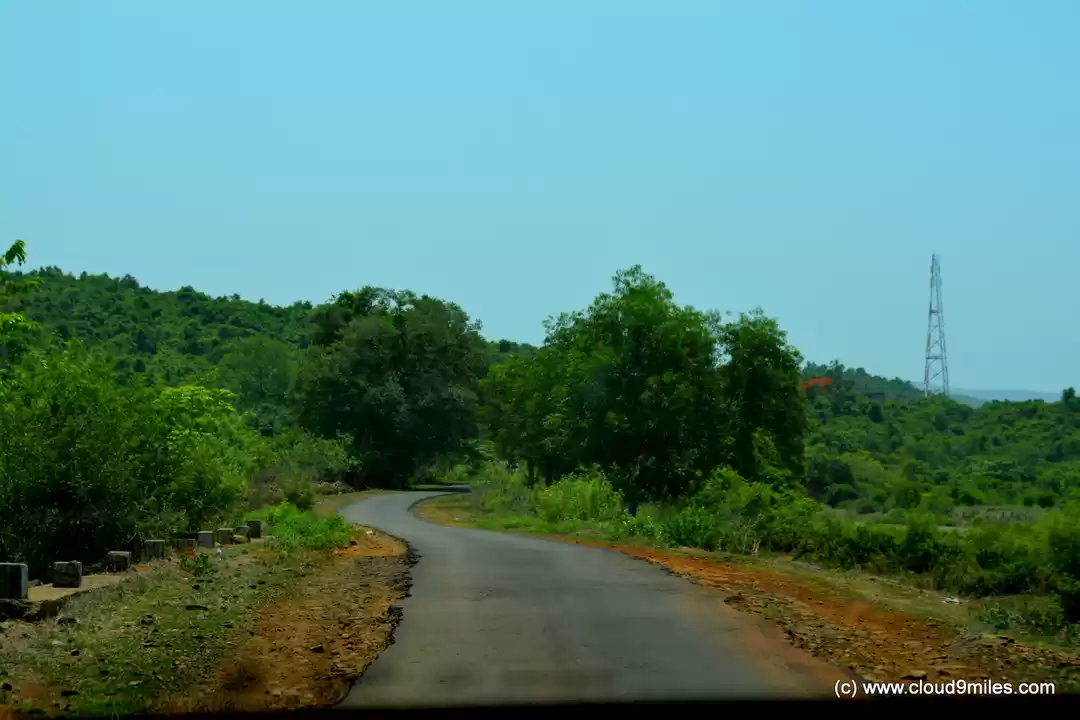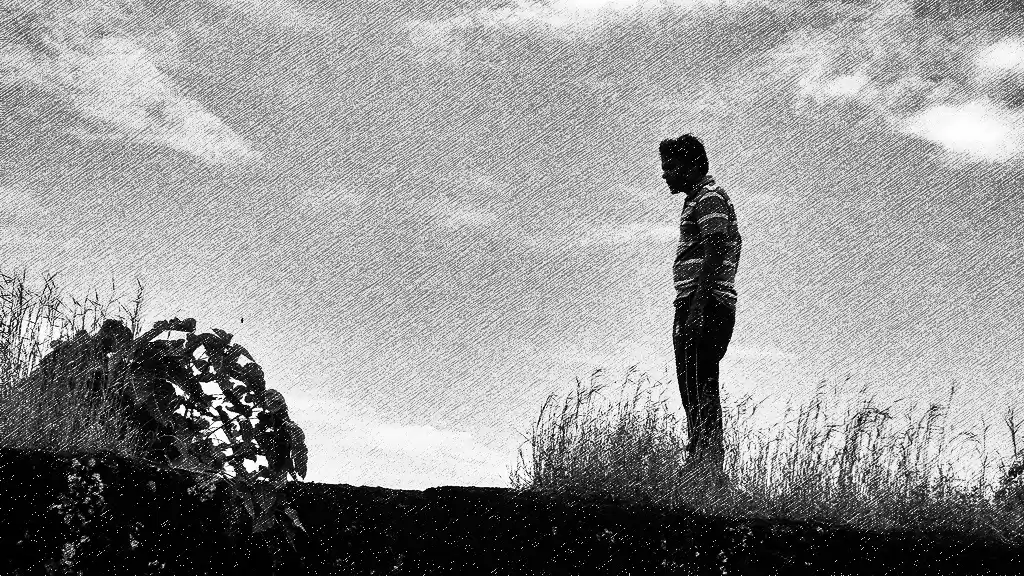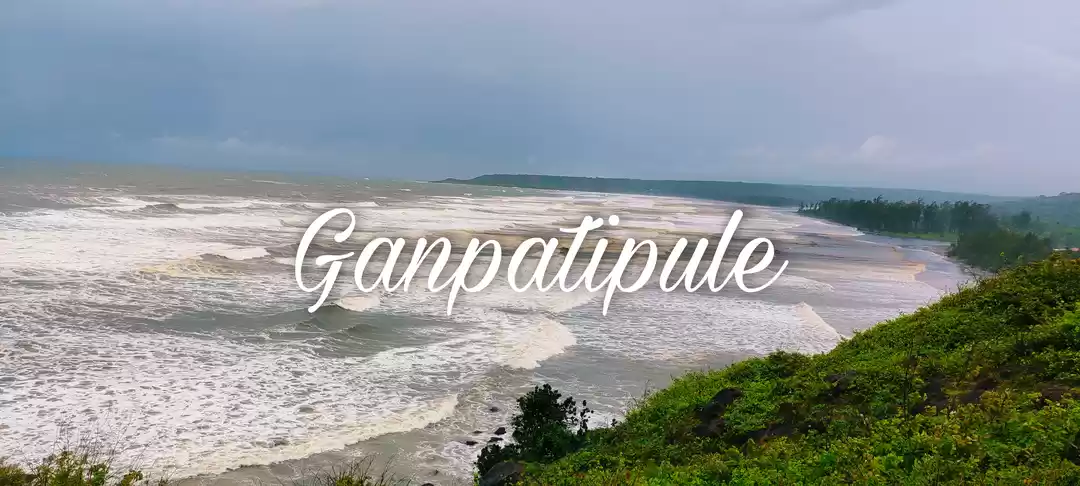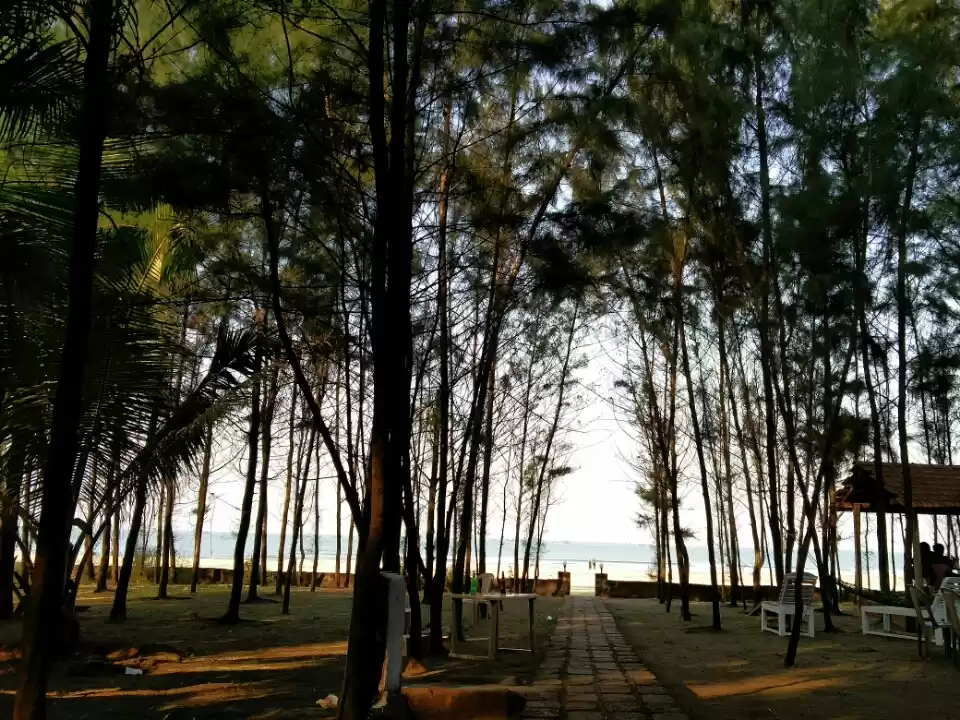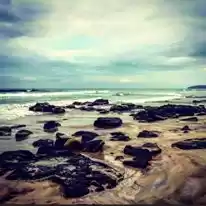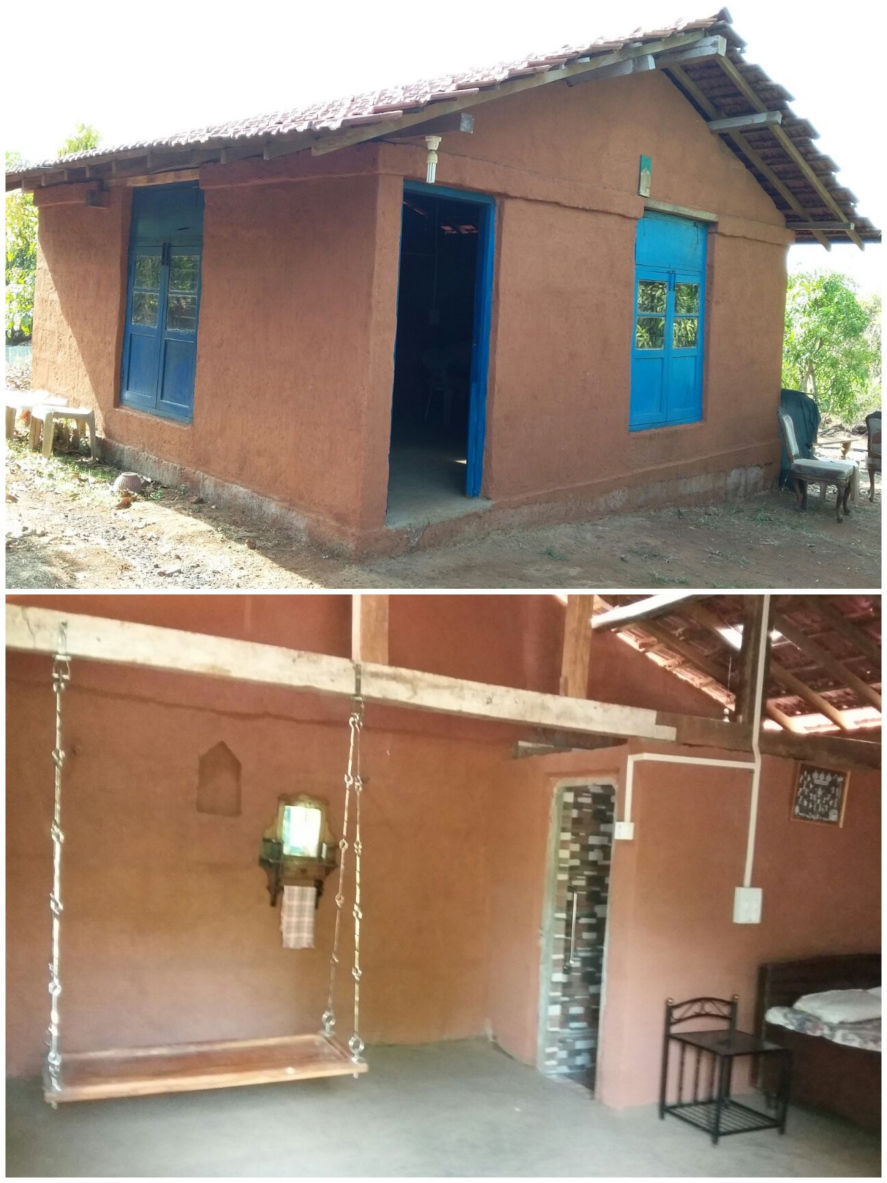
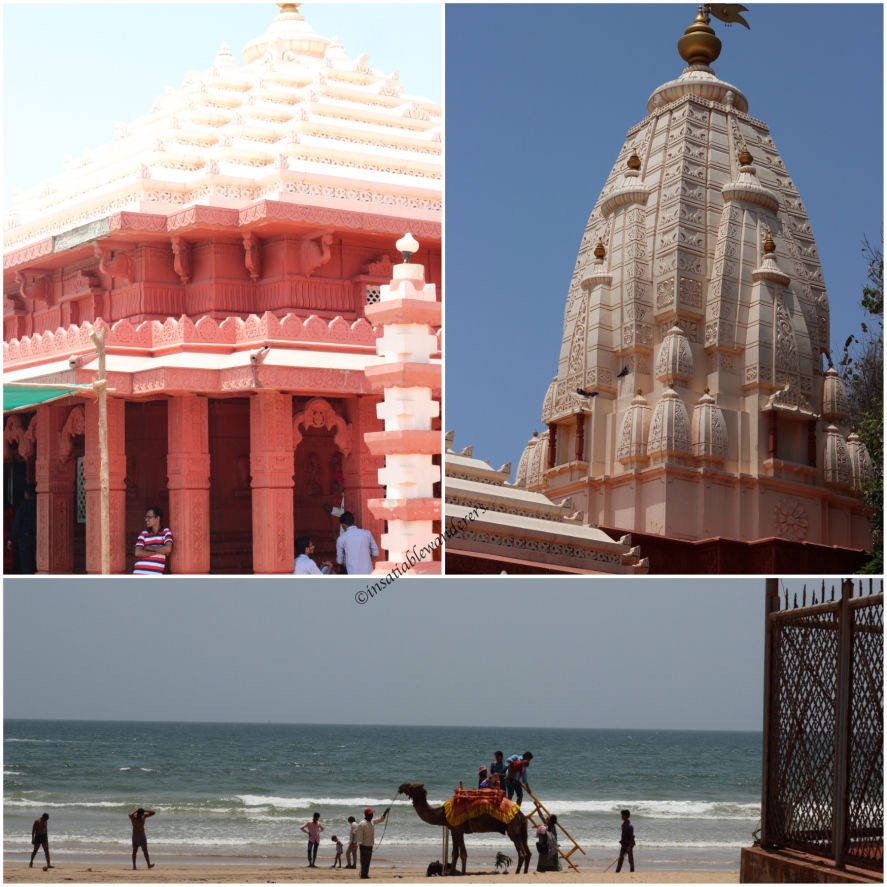
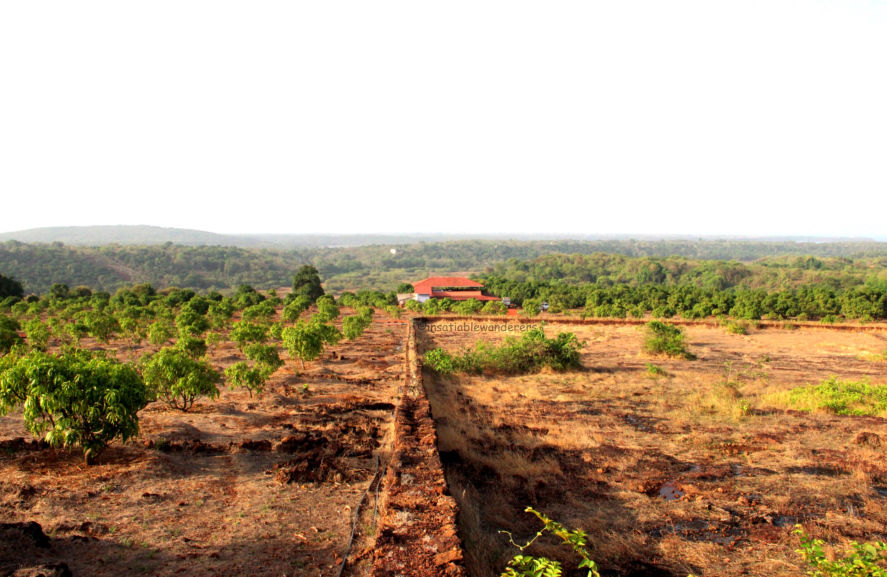
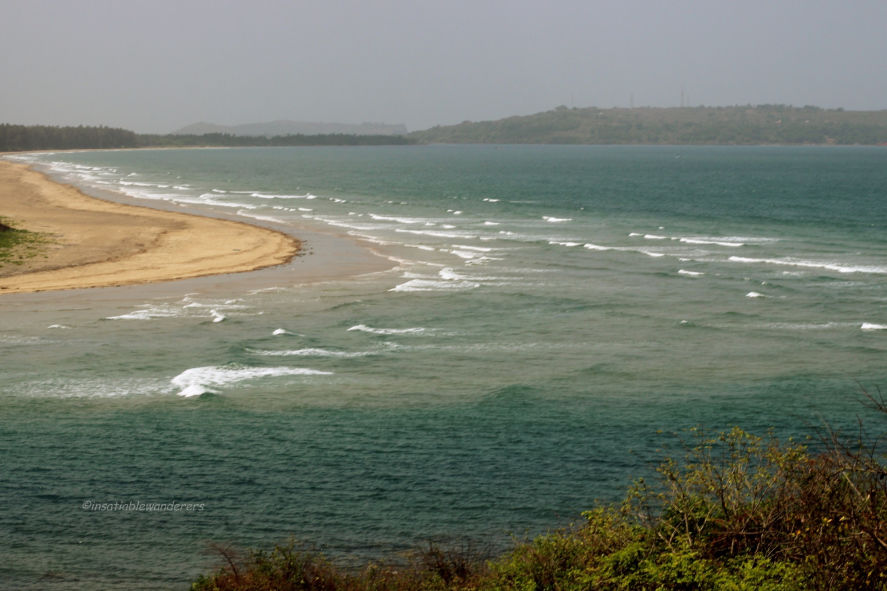
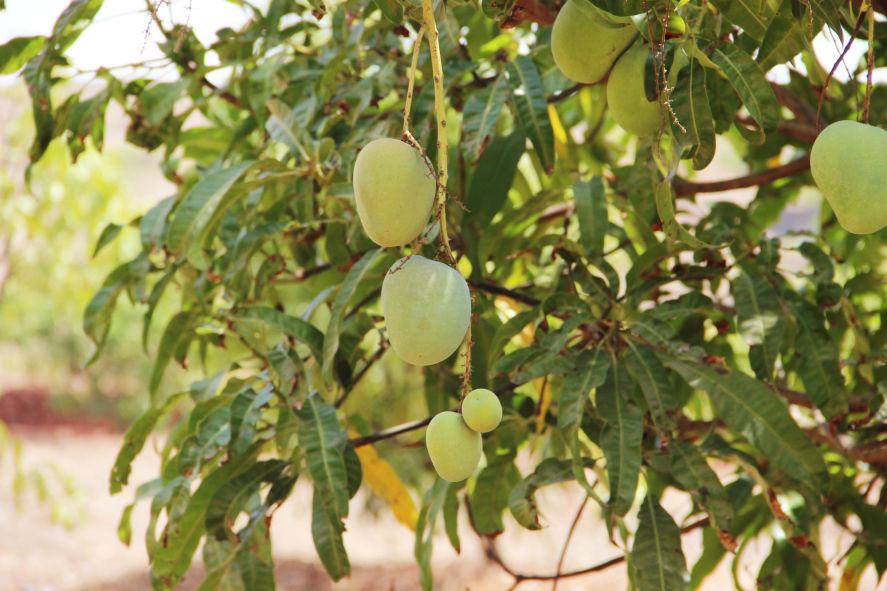
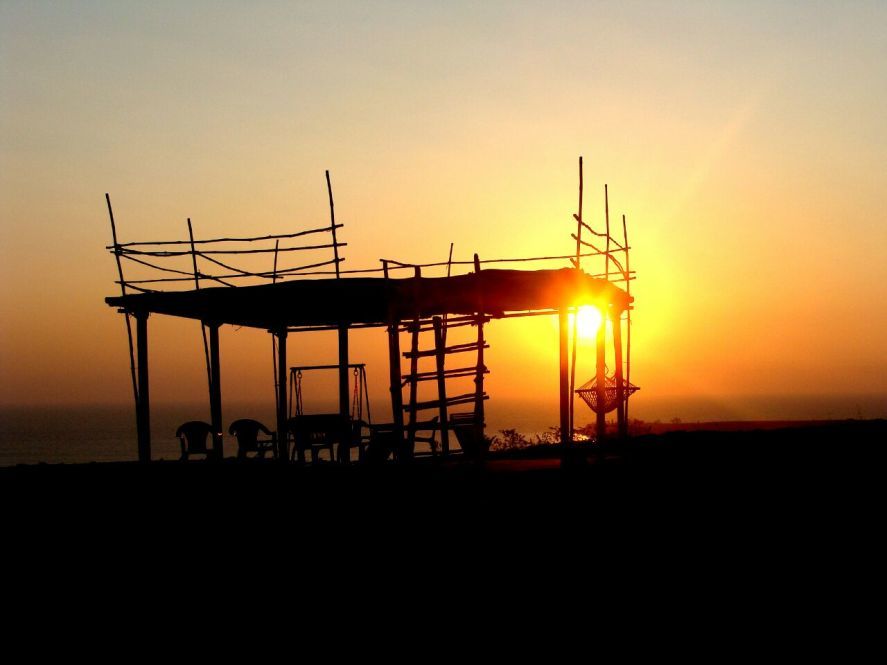
Mango festival (May 1-3)
Mango festival?! What’s that?! Some of you must be wondering what I’m up to. First I talk about a turtle festival, and now a mango festival. The rest of you, whose mouth started watering on reading the title, this article is for you. Like many of you, I’m a self confessed mango crazy person. Every year, I spend the few months of summer in pure ecstasy, savouring the golden-yellow, delicious, juicy, king of fruits. I’d even go to the extent of saying that Mumbai summer is bearable only because we get to eat this heavenly gift from nature.
Whoa! I can go on and on???? Let me focus on the topic at hand. We came across the concept of mango festival while surfing the net for trip ideas. Some mango farms have opened their gates to visitors like us, to promote their produce, as well as to earn some extra income. So, we gathered all the required info, made some calls for the arrangements, packed our bags, and started on yet another unexplored venture.
Day 1: Mumbai – Ratnagiri – Nate village
We started on a balmy night in May towards Ratnagiri. It took us about 7-8 hours to reach our destination, Ganesh Agro Tourism.We reached there around 8 am. Ganesh Agro Tourism is a 40 acre farm with over 2,000 plants of Alphonso mangoes. It is situated in Nate village, in Rajapur taluka in the Ratnagiri district. May being the peak time for mangoes, we were greeted with a sight of a huge mango farm, full of trees laden with mangoes. The mangoes were of export quality, that is, much bigger than the ones we find in the local market. All our fatigue due to the overnight journey vanished! We also saw a makeshift swimming pool near the reception area.
We were then escorted to our room. It was a basic cottage, right in the middle of the farm. Apart from the basic furniture, the room had a swing, which added to our joy! And of course, being surrounded by mango trees was icing on the cake.
We had our breakfast (poha), and proceeded to the makeshift pool. Swimming in the pool was a pleasure, given the sweltering heat. After swimming, we were joined by a local who was our guide for mango plucking. We learnt a lot about growing mangoes, identifying when it can be plucked, and how to pluck. Each of us got to pluck a few mangoes. We were even allowed to climb the trees for plucking!
After resting for a while in our room, we went for lunch, served on the terrace of the one-storey building housing the reception-cum-office. The terrace provided a 360 degree view of the farm and the landscape beyond, and it was amazing! But you know what was better? The lunch that we had. It was delicious Maharashtrian food, and along with it, we could have unlimited mangoes!! The sumptuous meal was followed by a siesta (but of course!).
In the evening, we hiked up to a machaan (a platform, usually erected in a tree, used for keeping watch), situated on the farm itself. It was a peaceful place with cool winds blowing (at night, it is a perfect place for stargazing). After visiting the machaan, we headed to a beach nearby. It was clean and sparsely populated, and we took a leisurely walk, while watching the setting sun. Later that evening, the farm owners arranged a boat-ride for us in the river near Nate village, which flows out into the sea. Luckily, it was a full moon night; we requested for the boat to be halted in the middle of the river, and just spent some time silently marvelling our serene surrounding. After the boat-ride, we returned to the farm for dinner, which included unlimited mangoes and aamras again.
Day 2: Nate village – Ganpatipule – Mumbai
We woke up early next morning and went for a walk on the farm. The place was so peaceful, we did not have the heart to return home. But every trip must come to an end so that a new one can begin. Reluctantly, we packed our bags, and proceeded for breakfast before checking out. For breakfast, we were served spicy, yet mouth watering misal pav, and of course, some more juicy mangoes!! And that was followed by refreshing aam panna!
As we drove towards Ganpatipule, we passed via Aare Ware beach. It is a beautiful virgin beach, and it would have been a crime to not halt there. So we spent some time admiring the clean beach and the clear water, and proceeded towards our next halt. We reached Ganpatipule around noon. Ganpatipule is a small town near Ratnagiri, famous for Lord Ganesha temple situated on the beach. Legend has it that during monsoon season, the waves reach right up to the feet of the Ganesha idol, as if seeking the Lord’s blessings.
The temple was unexpectedly crowded, it being a Sunday, and also a day of religious importance for Ganesha devotees. After offering our prayers at the shrine, we did a parikrama of the temple. It was followed by lunch in a restaurant nearby, and then we continued on our return journey with memories of the delightful trip lingering in our minds.
Trip cost: Rs. 3,800 per person (for a group of 7). This included:
Travel by SUV, including driver (start and end – Mumbai). You can also travel by train – the farm is about 50 km from Ratnagiri station – but then you’d miss out on the beautiful drive.1 night, 2 days accommodation at the farmAll meals (at the farm as well as Ganpatipule)Contact: Ganesh Agro Tourism – 094224 33676 (Ganesh Ranade)
This post was originally published on 'The insatiable wanderers'.


